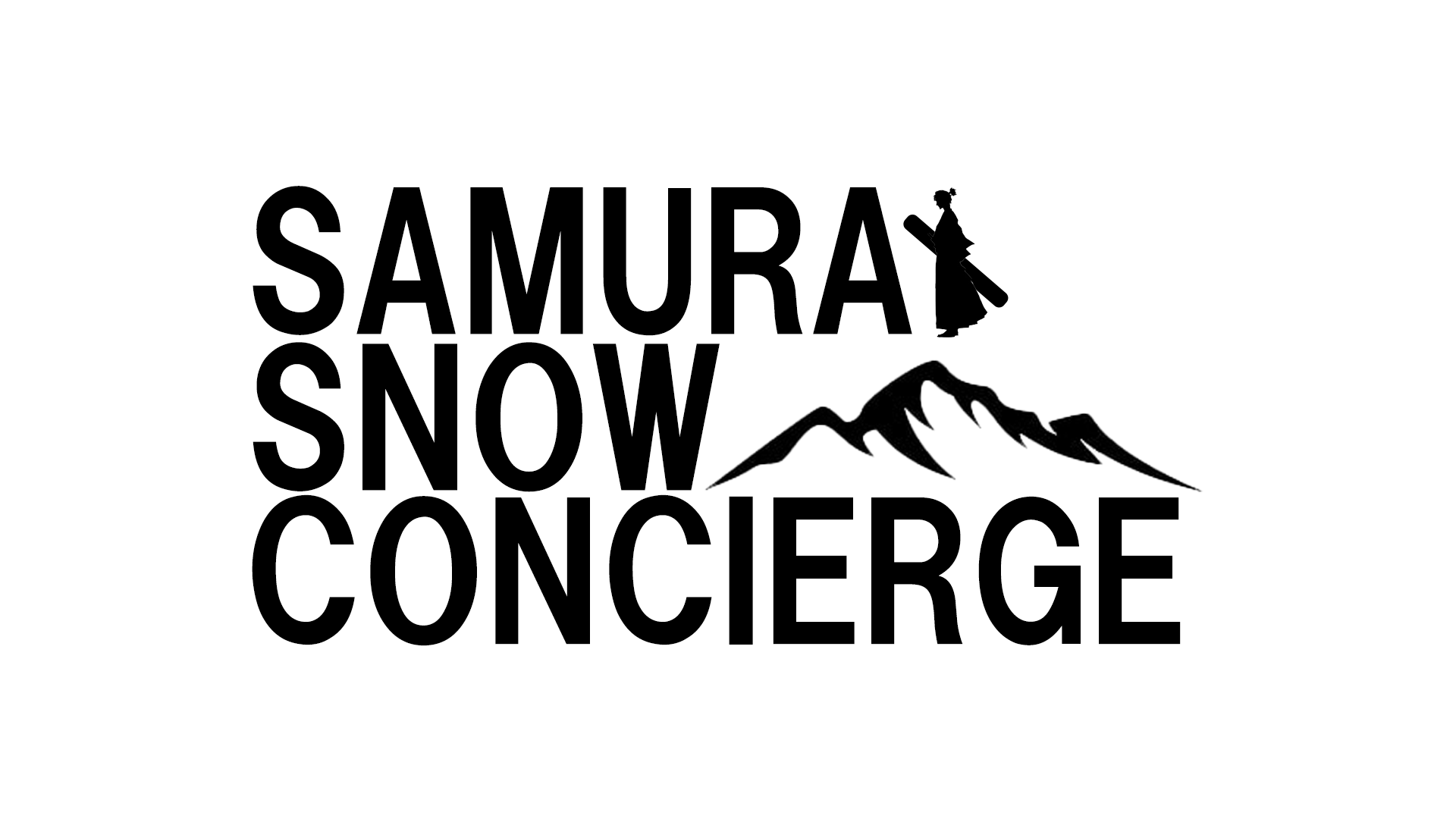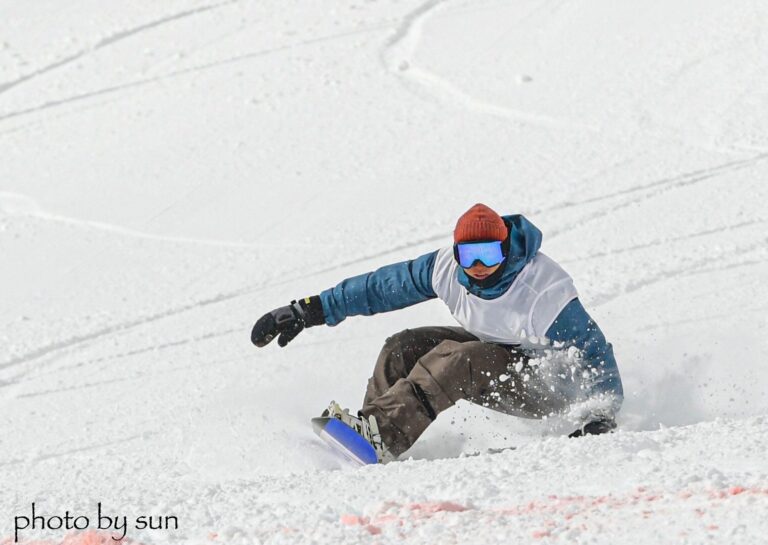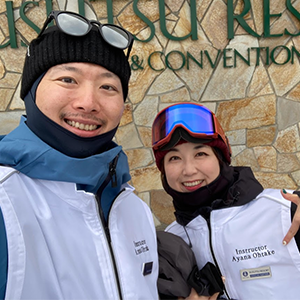Once you start getting comfortable on your snowboard, have you ever caught yourself comparing your riding to others and thinking, “I want to get better… way better!”?
If you can now make basic turns smoothly, the next challenge you might want to tackle is carving turns.
In this article, we’ll break down what carving turns are, what’s needed to master them, and the key points to keep in mind when practicing.
We’ll also introduce some recommended snowboards that make learning carving easier — perfect if you’re thinking about upgrading your gear.
Step Up Once You Can Ride the Way You Want
Remember your first day snowboarding? You probably struggled just to stand up with the board on, or maybe you slipped down sideways, couldn’t quite control the “falling leaf,” or were scared to turn on your toe edge.
Now, after overcoming all that, you can freely control your board and ride with confidence.
If you can make consistent turns on most groomed slopes — except for extreme or ungroomed ones — you’re already at an advanced level.
Once you’ve reached that point, it’s time for the next step: carving turns.
Mastering carving will take your snowboarding to a whole new level of fun.
Recommend snowboard CARVING school = Samurai Snow Concierge
What Is a Carving Turn?
Carving is a natural step up from basic turns — but what exactly makes it different?
In beginner turns, you slide the board sideways as you turn. In carving, however, the board stays on its edge throughout the turn, cutting into the snow like it’s drawing a single clean line.
What does “Carving” really mean?
The word “carve” literally means to cut or engrave, not just to curve.
So in carving turns, your edge digs into the snow — almost like you’re engraving the surface.
If done right, you’ll see a single, sharp line behind you instead of a wide, smeared track.
The Difference from Beginner Turns
Beginner turns (also called sliding turns) involve skidding the board — riding with half the base (sole) touching the snow.
Carving turns, on the other hand, ride only on the edge, reducing friction and maintaining much higher speed through each turn.
When you learn to carve, you’ll notice your speed increases dramatically — yet you’ll still feel in control. That’s what makes skilled riders look so smooth and impressive on the slopes.
The Three Core Elements of Carving Turns
According to the Japan Snowboard Association (JSBA), carving turns are built on three key elements:
Edging – tilting the board to dig into the snow.
Pressure Control (Weighting) – pressing into the edge to flex the board and store energy for the next turn.
Rotation – using your upper body to guide and support your lower-body movements.
Edging gives grip, pressure control provides rebound, and rotation connects it all smoothly. Together, they form the foundation of carving.
Mastering Carving Starts with Good Body Position
Even with perfect technique, you can’t carve properly without the right stance or position.
If your balance or posture is off, you won’t be able to tilt or pressure the board effectively.
In short: fixing your position is the fastest way to master carving.
That said, correcting position is easier said than done — every rider’s body mechanics and habits are different, and the best drills vary from person to person.
If you feel like your position is holding you back, taking an advanced carving lesson can make a huge difference.
Three Key Points for Practicing Carving Turns
Carving is one of the most challenging yet rewarding skills in snowboarding. Even top-level riders continue to train it every day.
Here are three essential points to focus on while practicing.
1. Speed
Carving requires enough speed to let the edges grip the snow.
At very low speeds, even experts struggle to carve properly.
If you’re nervous about going fast, start small — gradually increase speed on gentle slopes.
A good drill is to ride straight (fall line) a little longer before each turn, creating long, stretched-out S-shaped turns instead of quick ones.
2. Don’t Over-Tense Your Muscles
Many riders tense up when they try to carve, pushing too hard and causing the board to skid.
That turns into a slide turn again — losing speed and edge control.
In carving, we talk about internal vs. external forces.
Internal force is what you create with your muscles.
External force is what comes from gravity, momentum, or centrifugal force.
Carving efficiently means using external forces and staying relaxed.
So instead of thinking “push harder,” try to “let the board and gravity do the work.”
3. Head Position
Your head position affects everything.
If your head drops or tilts, your body follows — breaking your alignment and causing balance loss.
Keep your eyes level with the horizon, and your head steady over your center of gravity.
Just correcting this alone can dramatically improve your carving control.
Recommended Snowboards for Carving Beginners
YONEX SMOOTH
A great board for those learning carving.
Even at high speed, it stays stable with minimal chatter. The board flexes well, making it responsive and smooth to ride.
Its camber shape provides strong edge hold and rebound — also ideal for ollies or small jumps.
SCOOTER DAYLIFE
From a Japanese brand with over 20 years of history, this board offers the perfect balance of stiffness and flexibility.
It’s easy to control, stable even at higher speeds, and perfect for riders who want to progress from beginner turns to carving.
OGASAKA CT
A legendary carving board from Japan — widely used by instructors and competition riders.
Though designed for carving, it’s an all-around performer that also handles freestyle riding well.
Ideal for both carving beginners and advanced riders looking for lasting performance.
Conclusion | How to Master Carving Efficiently
Carving turns are one of snowboarding’s most rewarding skills — powerful, smooth, and beautiful when done right.
To progress faster, using the right board and improving your position can make a huge difference.
Still, it’s hard to judge your own form when practicing alone.
That’s why taking a carving lesson is highly recommended — a professional instructor can pinpoint your weak spots and guide you with personalized drills.
At Samurai Snow Concierge, based in Rusutsu, Hokkaido, we specialize in private ski and snowboard lessons.
If you’d like to learn more about carving techniques, lessons, or recommended boards, feel free to contact us anytime.
We’d love to help you carve with confidence!










コメント